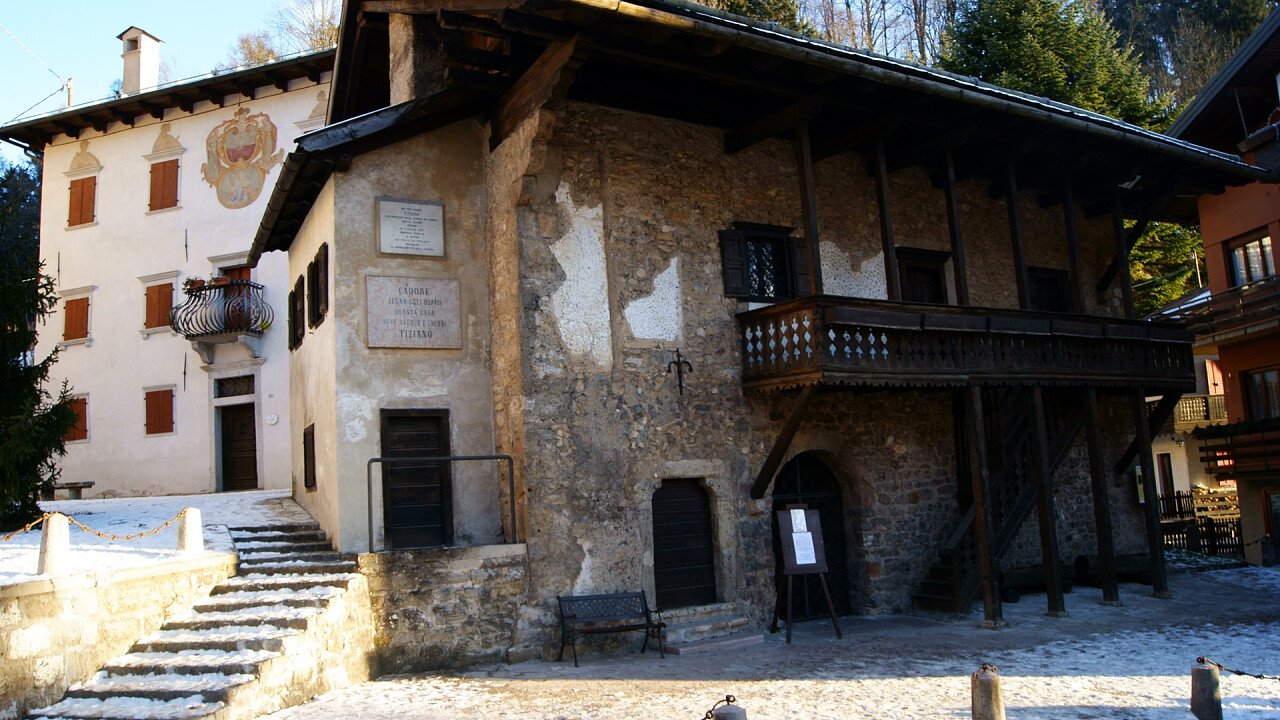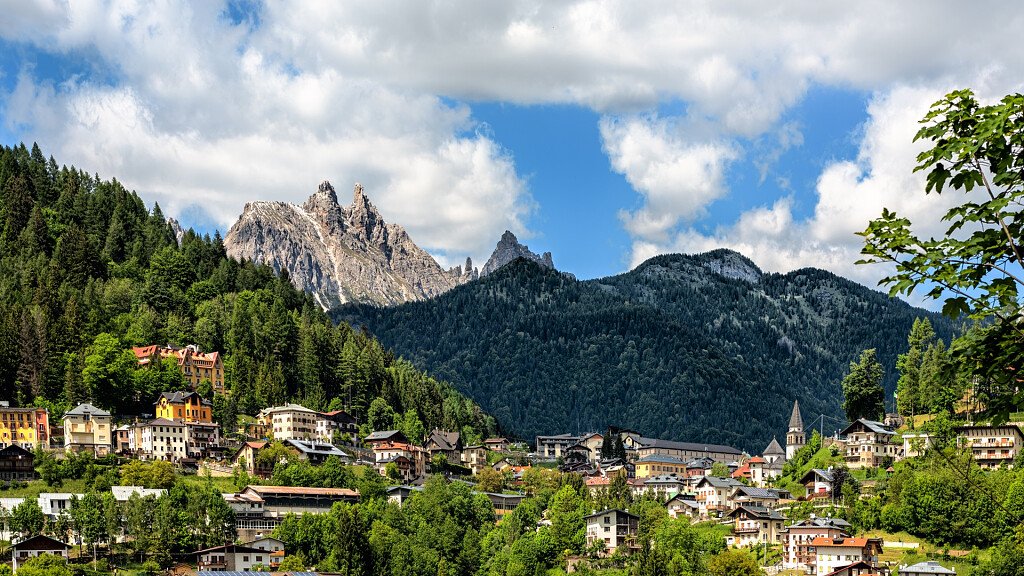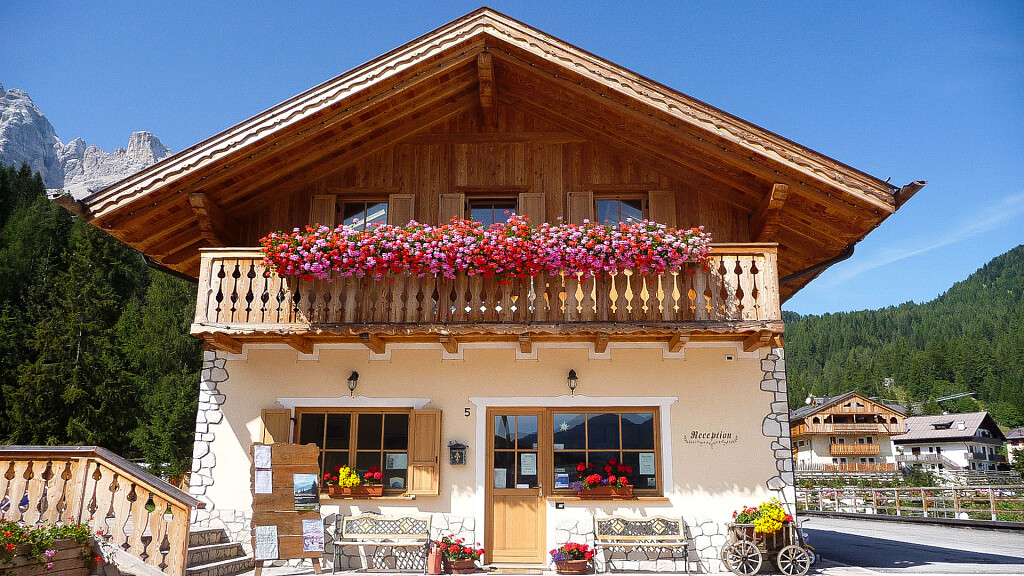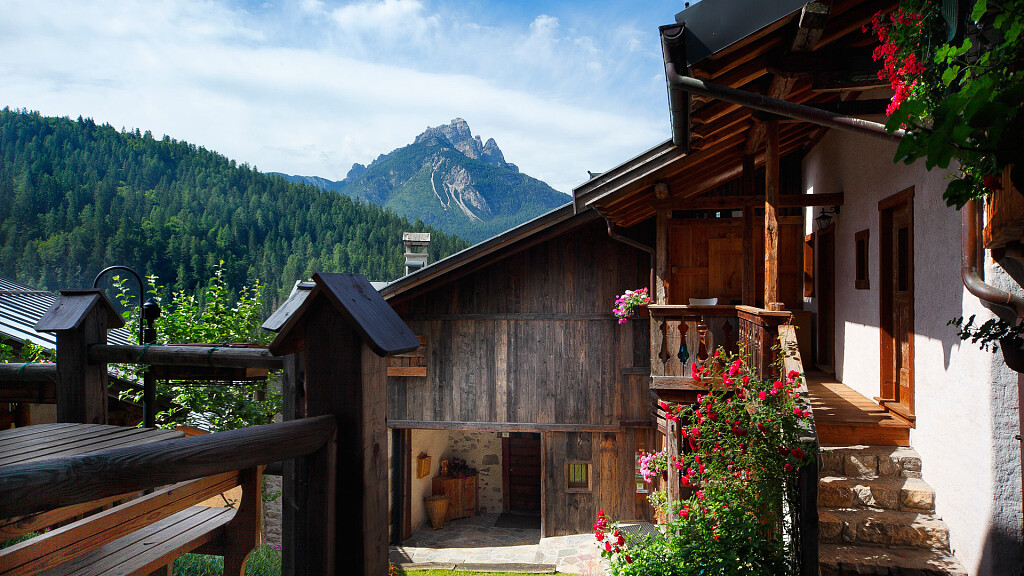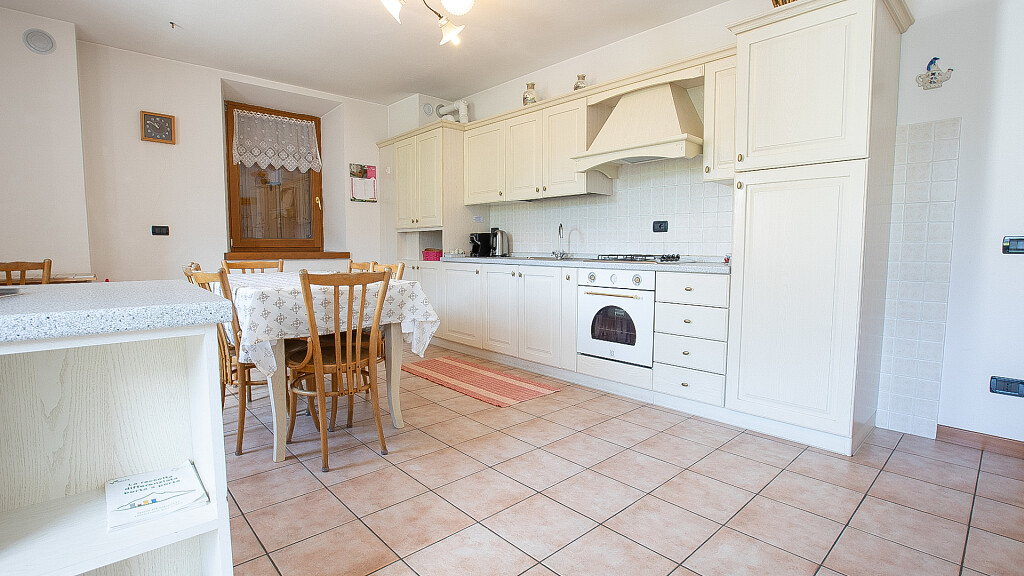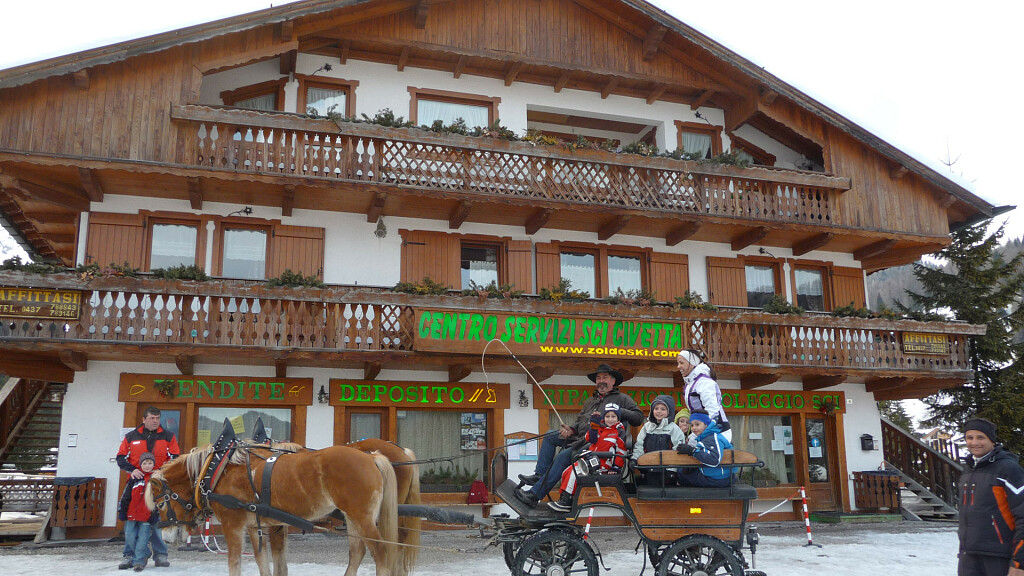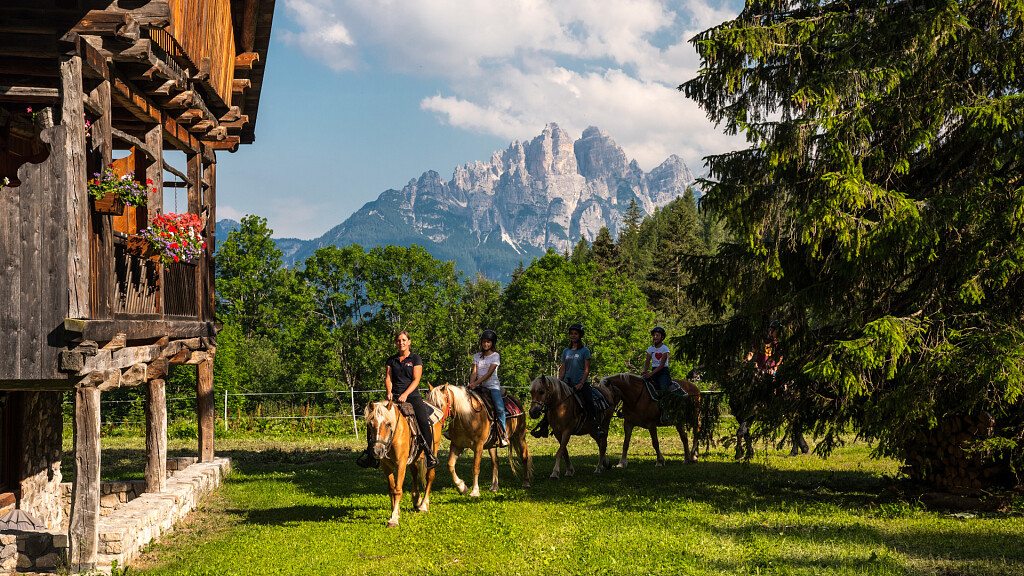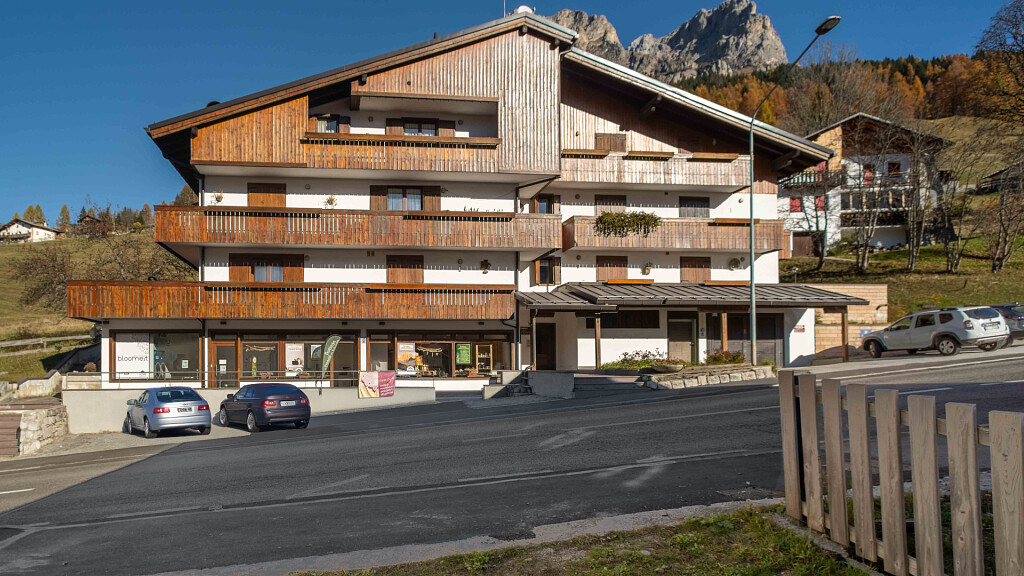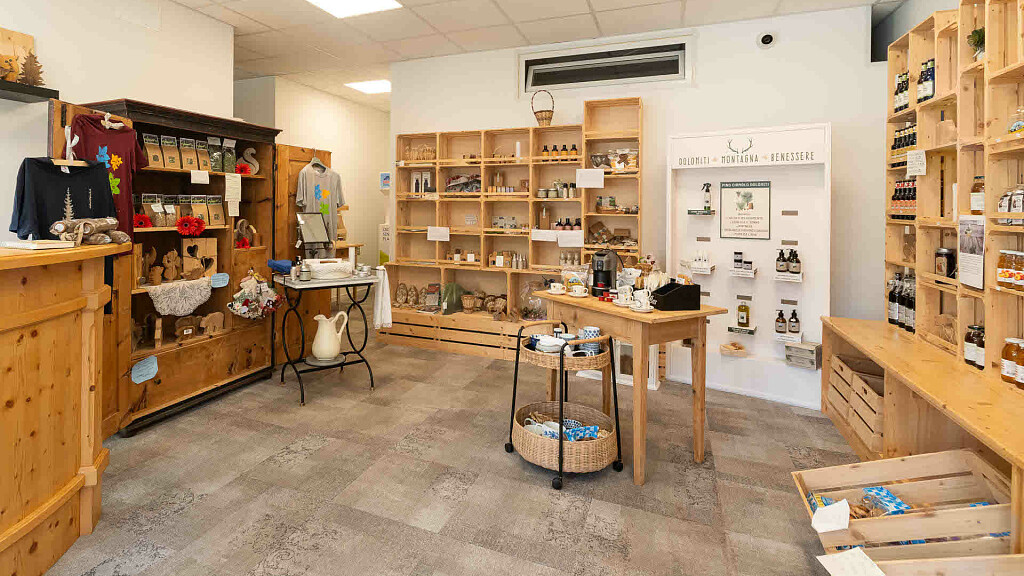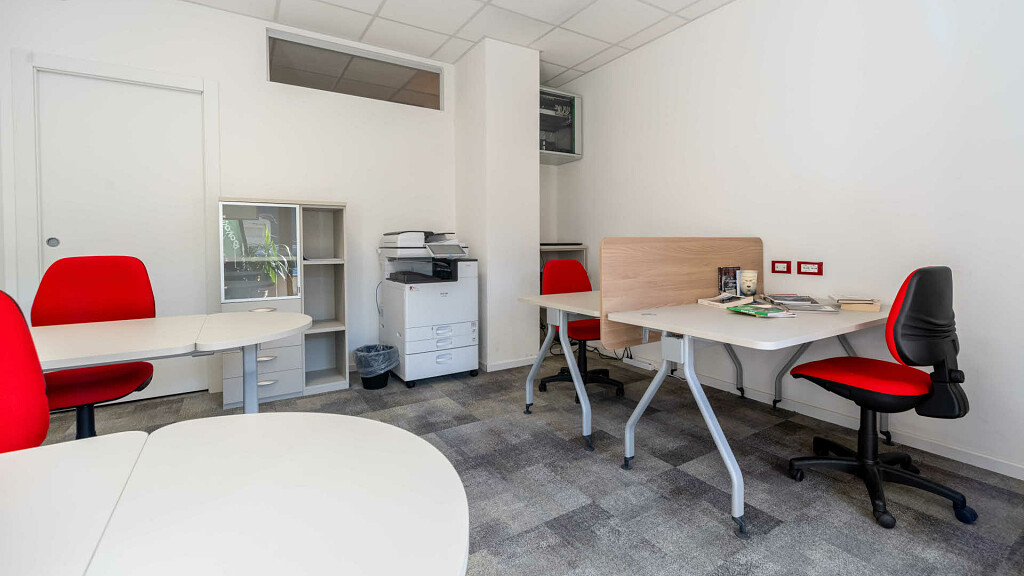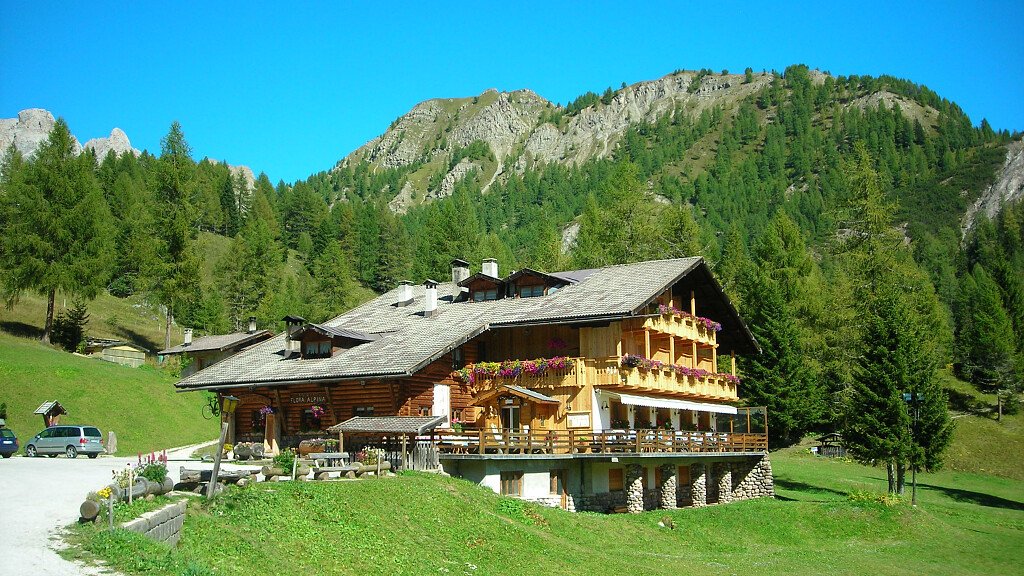A Walk through Pieve di Cadore... Visiting Titian's places Titian, who was born between 1487 and 1490 in Pieve di Cadore, embodies the figure of the great artist and, at the same time, of the successful entrepreneur. In both cases, "Tiziano da Cador" is an unprecedented and unequalled figure. On the one hand, he lives passionately his experience as a painter; on the other hand he reveals a sound pragmatism in the management of his workshop and in his investments - chiefly on sawmills and on the transport of timber from Cadore to Venice Arsenal. When he was 9, Titian, Gregorio Vecellio's second son, moved to Venice, where his father had several good acquaintances and where he underwent an important formative period. In the first decade of the 16th century - a moment of fundamental changes in Venetian art - Titian worked at Sebastiano Zuccato's workshop, at Gentile Bellini's, at Giovanni Bellini's and, finally, he collaborated with Giorgione. These were the years of juvenile enthusiasm, when he became the leading figure in Venetian painting.
Subsequently, in 1520s and 1530s he painted the masterpieces of his early maturity and acquired international renown. These works reveal Titian's versatility and his ability to reinvent pagan subjects by an accurate elaboration of classical taste. By then Titian received important requests by the Renaissance powerful: from the Estensi to the Gonzaga, from the Della Rovere to Pope Paul III Farnese, from Emperor Charles V - who would bestow on him the title of Palatine - to Philip II. Between 1538 and 1560, Titian rethought his technique. Indeed, it is in his late years that the Master from Cadore experiences a new peculiar brush that is going to characterise his painting. The last 15 years of his life were dedicated to the elaboration of new themes - not only to satisfy clients. These were the years of his "terrible and sublime old age", when he often returned to Cadore to manage his commercial interests. He felt a lifelong love for his land of origin, so it is not surprising that the Community of Cadore applied to him whenever the relationship with the Serenissima was tense. In hard times Titian often lent his money to buy grain: the archives in Venice keep extensive documents that reveal a sympathetic Titian, the banker of his homeland. He often returned to Cadore in summer. During one of his stays, he offered to paint the apse of the Church, unfortunately later demolished. Titian wanted to be buried at Pieve di Cadore, in his family's chapel in the Church, but his desire could not be realised because of the plague that killed him on 27 August 1576. His body was then buried in the Church of S. Maria Gloriosa dei Frari - Venice - where his supreme masterpiece, the Assumption, is still preserved.
A stone's throw from the main square of Pieve, on the road to Sottocastello, in the Arsenale district, you can see Titian's house. It is a typical building of the old times, with a chimney leaning against the external wall, a wooden staircase, a long balcony that runs along the front, bare rafters and a roof of small larch boards called "scandolette". The house was declared national monument in 1922. The ground floor consists of a large room, i.e. the "noble" room of the 15th century houses in the Cadore area. Climbing three steps, you get to a second smaller room where you can see an old safe. On the first floor there are four rooms. On the left, a large kitchen with an elevated brazier under the cowl; then a small pine-clad room - they say Titian himself was born there. On the right, a large room that might have been the dining room whose walls are covered with dark wooden boards. This is also known as the "autographs' room", as there are nine on the walls together with a copy of the diploma by which Charles V appointed Titian Knight of the Golden Spur and noble of the Empire. The original parchment is kept in the palace of the Magnifica Comunità di Cadore. The last room, that of the fireplace, is said to have been Titian's father's studio. Titian spent summertime in this house - and probably in the adjacent Sampieri - Vallanzasca Palace - especially in his late years. After his death, it was inherited by his son Pomponio, who soon got rid of it.

